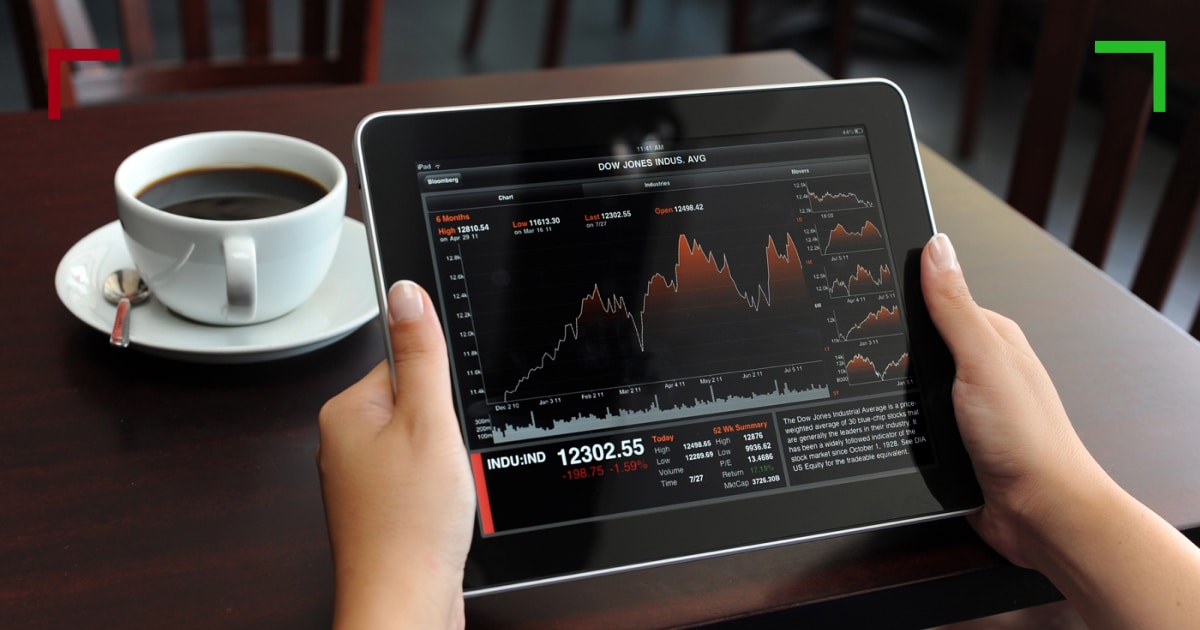Basic Rules of Risk Management
Risk management techniques for trading help cut down losses. If a trader masters the basics of risk management they open themselves up for successful trades. It is definitely an essential prerequisite to begin generating substantial profits. Also, being aware of risks allows traders to avoid situations where they may lose it all. Having a strategy, even a simple one can make a big difference in your trading performance. And this is the purpose of this article. Here’s an overview of the basic rules required to control risk while trading.
- Trading can be profitable if you stay focused and manage your emotions.
- Losses may get out of control if risk management techniques are not thoroughly implemented.
- Having a strategy and a clear approach to limit losses is the smart trader’s bread and butter.

Don’t Fail to Plan
You hear it all the time, planning ahead is the difference between success and failure. Historically, data shows that traders who enter a trade without a clear idea of their strategy to sell or stop loss will end up making rash decisions that may lead to a loss. Therefore, make sure you got the main points covered prior to trading.
Stop-Loss and Take-Profit
A stop-loss point is a price at which a trader will sell a stock and take a loss on the trade. Usually, this happens when a trade does not roll out as expected. On the other hand, a take-profit point is a price at which a trader will sell a stock and make a profit on the trade. This is when the additional upside is limited given the risks. These two tactical points are effective ways traders can include in their planning process. Ahead of entering a trade, experienced traders would know what price they are willing to pay and at what price they want to sell. And they can measure the returns based on the probability of the stock reaching its goal. If the results are satisfactory, the trade can proceed. This rational approach to trading is what successful traders use.
Tips for Setting These Orders:
- Use longer-term moving averages for volatile stocks to reduce the likelihood of a price swing triggering your stop-loss.
- Adjust the moving averages to match target price ranges.
- Use key events such as unemployment reports releases, as guides on when to be in or out of a trade.
One-Percent Rule
If this term seems familiar, it’s because it suggests to never use up more than 1% of your capital in one trade. This is a common risk-limiting strategy for traders with small to medium budgets. Therefore, always estimate your position at a maximum of 1% to keep potential losses in check. Some traders go below this percentage if their trading account is large, and others go as high up as 2%. The end goal is a delicate balance between a budget that yields acceptable returns and a limit to losing money in one transaction.
Calculate Your Expected Return
Once you have set your stop-loss and take-profit points, you can calculate your expected return. This is an important step because it compels a trader to think rationally about a trade.
Here is the calculation:
[(Probability of Gain) x (Take Profit % Gain)] + [(Probability of Loss) x (Stop-Loss % Loss)]
The result can be assessed and compared to other opportunities to decide which stocks to trade.
Diversify Investments
The old saying ‘ never put all your eggs in one basket’ is just as relevant and applicable in the Forex trading world. Thus, avoid placing all your money in one stock or one trade. While the appeal of the high benefit may be attractive, the risk of losing it all is real and more probable. So diversify your investments. This will open up more opportunities.
Downside Put Options
A downside put option is a protective put. It can be used as a hedge to limit losses from a bad trade. The put option gives you the possibility to sell an underlying stock at a specific price before it expires. Yet another technique for managing risk and reducing avoidable losses.
In Conclusion
To wrap things up, focus on minimizing losses rather than maximizing profits. Also, trading with smaller budgets can help you retain control and absorb a potential loss without great harm. Behaving this way consistently when trading will build your confidence over time and make you a disciplined trader. Cool-headed traders tend to do it best, therefore, when you are winning or losing, remember to control your emotions. As a novice, not only is experience and practice the best way to increase your risk management skills, but it is also important to reach solid footing before you dedicate yourself full time to trading. So don’t quit your day job until you are generating a steady flow of revenue from your trades. We leave you with something to keep in mind:
- There is no one-size-fits-all, find the right strategy for you.
- Use a trading journal to track your progress and learn from your own experience.
- Embrace the setbacks, and don’t overtrade to recoup a loss.
Want to Trade Forex?
OspreyFX is the perfect partner to help you on your trading journey. We pride ourselves on offering our traders the right tools needed to ace the markets, traders can now trade with better insight with our Forex Calculators.